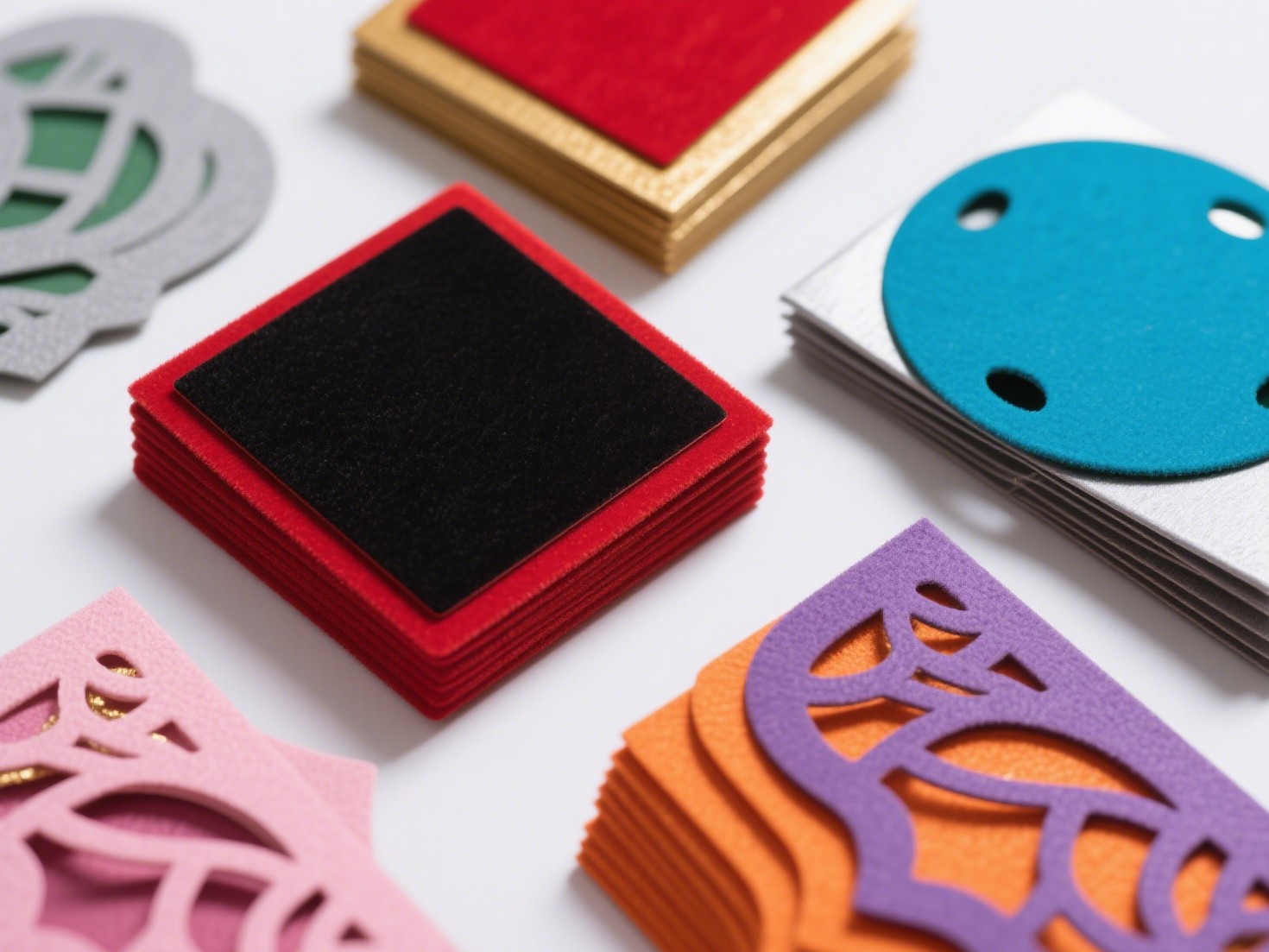Luxurious Alternatives: Affordable Fabrics That Mimic Silk Without the Price Tag
3 min readWhen it comes to fabric choices, silk has long been revered for its luxurious feel, elegant drape, and lustrous sheen. However, the high cost of silk can be a barrier for many consumers seeking that same opulent aesthetic. Fortunately, there are several alternative fabrics that offer a similar look and feel to silk without breaking the bank. In this article, we will explore these silk-like fabrics, their characteristics, and how to choose the right one for your needs.
Understanding Silk and Its Allure
Silk is a natural protein fiber produced by silkworms, known for its smooth texture, breathability, and natural sheen. It is often used in high-end clothing, bedding, and accessories, making it a staple in luxury fashion. However, the production of silk is labor-intensive and costly, leading to higher prices. This has prompted many consumers to seek more affordable alternatives that still provide a touch of elegance.
Affordable Alternatives to Silk
- Satin
- Overview: Satin is a weave rather than a fiber, which means it can be made from various materials, including polyester, nylon, or silk. Polyester satin is the most common and affordable option.
- Characteristics: It has a glossy surface and a soft feel, closely resembling silk. Polyester satin is durable, easy to care for, and less prone to wrinkling.
- Best Uses: Ideal for evening wear, lingerie, and home décor items like curtains and pillowcases.
- Rayon
- Overview: Rayon is a semi-synthetic fiber made from cellulose, often derived from wood pulp. It is known for its silk-like qualities and is sometimes referred to as artificial silk.
- Characteristics: Rayon drapes beautifully, has a soft texture, and offers a luxurious sheen similar to silk. It is breathable and comfortable against the skin.
- Best Uses: Commonly used in dresses, blouses, and linings, rayon is perfect for warm weather clothing.
- Viscose
- Overview: Viscose is a type of rayon that is produced through a different manufacturing process. It is also made from cellulose and shares many similarities with silk.
- Characteristics: Viscose has a smooth, soft feel and a beautiful drape, making it an excellent alternative to silk. It can also mimic the sheen of silk, providing an elegant look.
- Best Uses: Viscose is often used in dresses, skirts, and blouses, as well as in home textiles.
- Tencel (Lyocell)
- Overview: Tencel is a brand name for lyocell, a fiber made from sustainably sourced wood pulp. It is known for its eco-friendly production process.
- Characteristics: Tencel has a silky feel, excellent moisture-wicking properties, and is biodegradable. It drapes beautifully and resists wrinkles, making it a practical choice for clothing.
- Best Uses: Tencel is suitable for casual wear, activewear, and bedding, offering both comfort and style.
- Microfiber
- Overview: Microfiber is a synthetic fiber made from polyester and polyamide. It is known for its softness and durability.
- Characteristics: Microfiber has a smooth texture and can mimic the look of silk. It is lightweight, easy to clean, and resistant to stains.
- Best Uses: Often used in clothing, upholstery, and cleaning products, microfiber is versatile and practical.
Choosing the Right Fabric
When selecting a silk alternative, consider the following factors:
- Purpose: Determine what you will use the fabric for. For formal wear, satin or rayon may be ideal, while Tencel or microfiber might be better for casual or active clothing.
- Care Instructions: Some fabrics require special care, such as dry cleaning, while others can be machine washed. Consider your lifestyle and maintenance preferences.
- Sustainability: If eco-friendliness is important to you, look for fabrics like Tencel or sustainably produced rayon.
Conclusion
While silk remains a symbol of luxury, there are numerous affordable alternatives that can provide a similar aesthetic and feel. Fabrics like satin, rayon, viscose, Tencel, and microfiber offer a range of options for consumers seeking elegance without the hefty price tag. By understanding the characteristics and best uses of these fabrics, you can make informed choices that suit your style, budget, and ethical considerations. Embrace the beauty of silk-like fabrics and elevate your wardrobe without compromising on quality or affordability.

